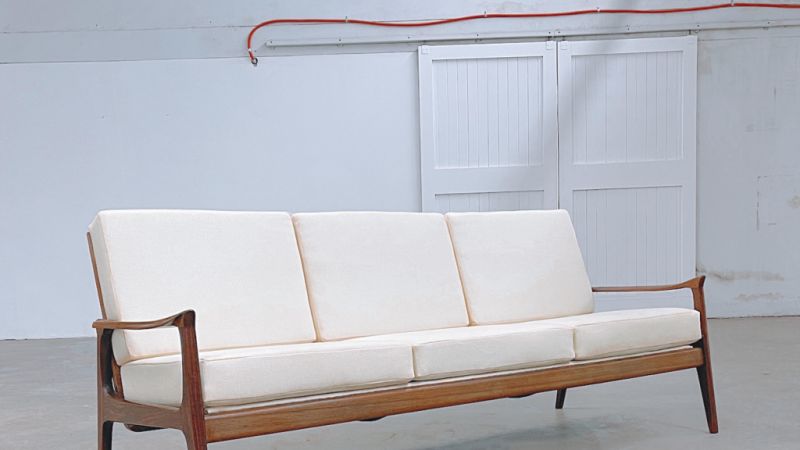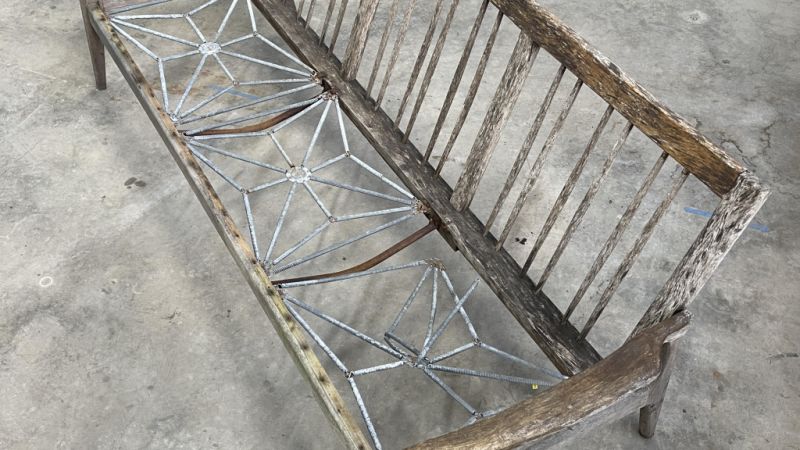Expert tips: how to give modernist furniture new life
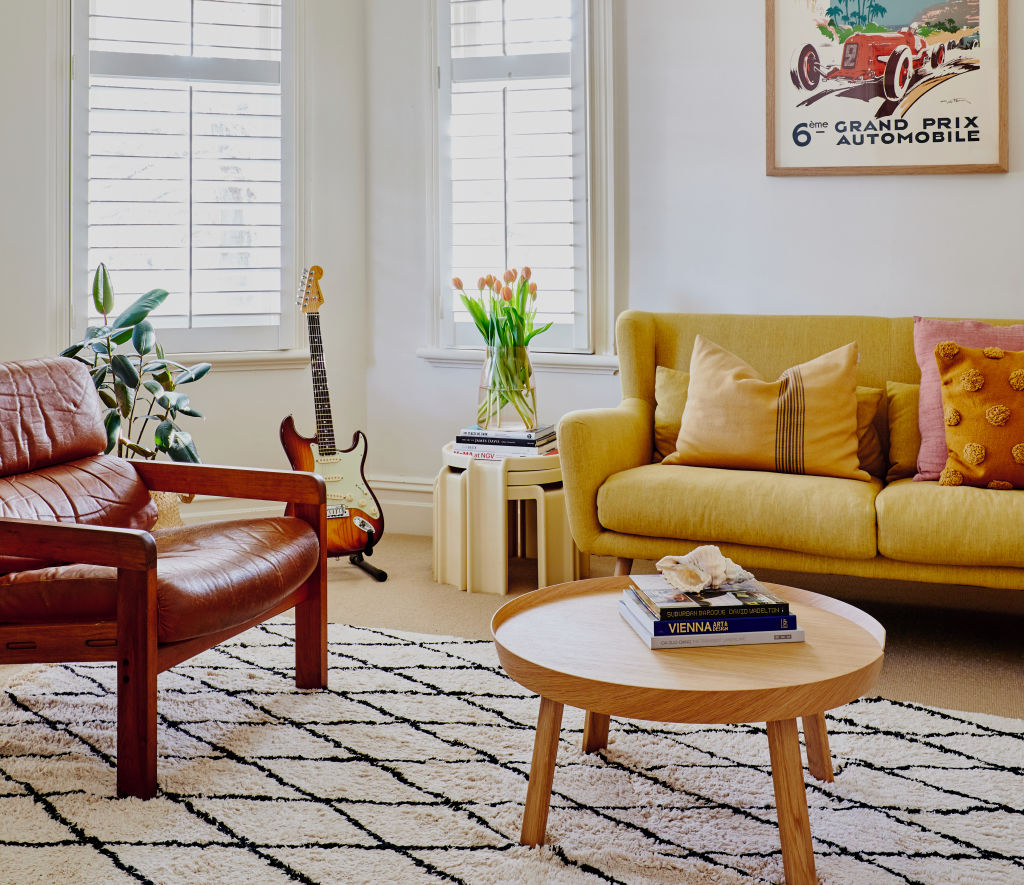
In a world of fast furniture, where items are made and purchased to last for merely a season, there’s a certain style period that is continuing to provide a welcomed antidote – the much-treasured, and always timeless, modernist design.
Tracing its origins back to the early 1900s with the Bauhaus movement – a rebellion against the ornate flourishes and ornamentations of the designs that came before it – modernist furniture embraced clean lines, smooth surfaces and understated elegance.
Representing the artistic and functional vision of this time, modernism still very much holds pride of place in the modern home. Iconic pieces from the era include the Eames Lounge Chair and Ottoman by Charles and Ray Eames of 1956, the Noguchi Table by Isamu Noguchi of 1947, and the Saarinen Dining Table by Eero Saarinen of 1957.
Today, skilled and passionate restorers continue to cherish such pieces from this bygone era, offering their years of experience and giving helpful pointers, so that we too can help preserve the enduring beauty that is modernist furniture.
Expert tips
From Aubert Furniture
Growing up in a modernist home built by his father in the 1960s in Sydney’s South Coogee, Greg Aubert developed an appreciation for modernist style in his childhood, and later became a vintage furniture restorer and director at Aubert Furniture.
“Like many others, my parents had Fler, Parker and Chiswell furniture all around the house growing up, so modernist style has always held a special place in my heart,” Aubert says. “I’m not surprised it has remained very popular in mainstream interior design, as these pieces were built to last many lifetimes and [continue to] provide classic sophistication.”
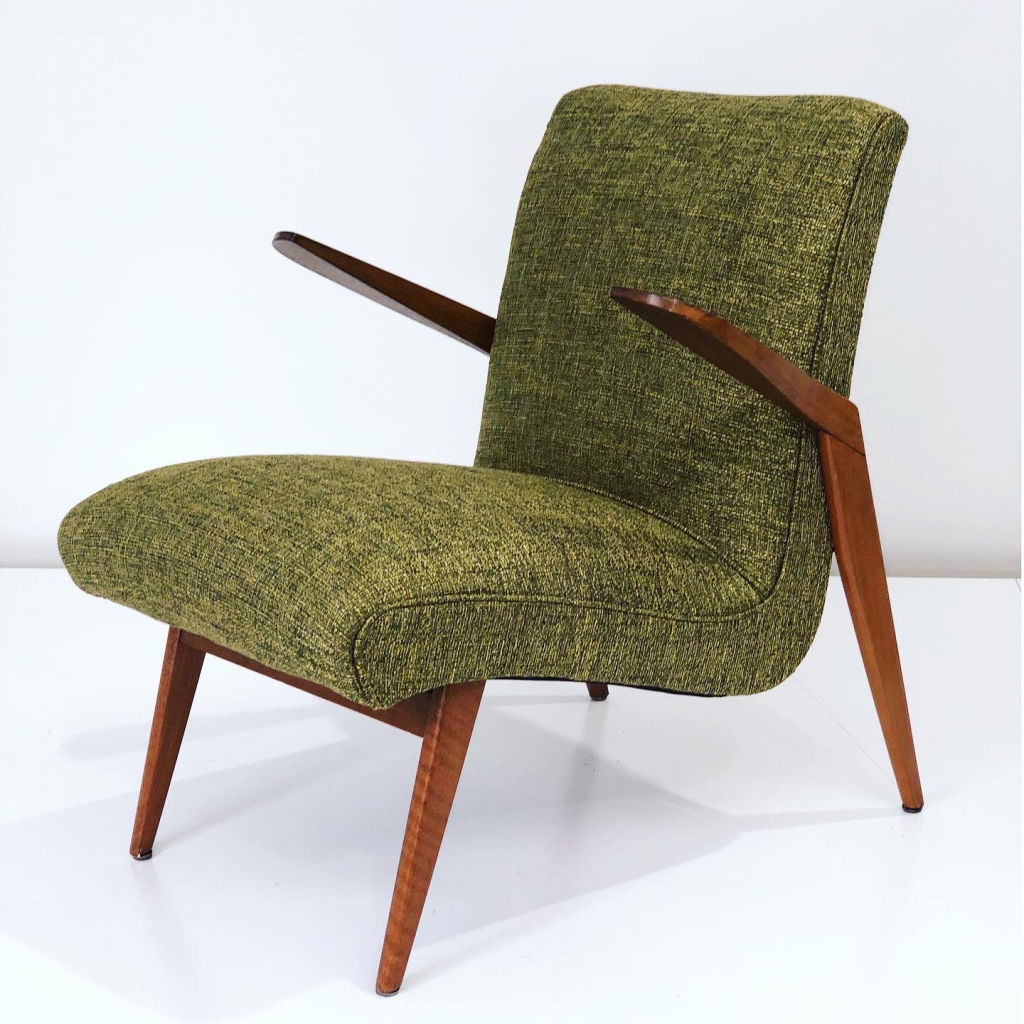
Having professionally restored antique and vintage furniture for more than 30 years, Aubert and his team have worked on all types of modernist furniture, from daybeds and TV armchairs to sofas and dining chairs.
He shares some advice when it comes to reviving your own dining chairs:
1. Use the same products when re-polishing
Most mid-century chairs were originally polished in hand-applied products like Danish oil, shellac and varnish. For this reason, try to use the same products when re-polishing chairs to retain the original finish and enhance the finish as it stands. Occasionally, the finish is too damaged, in which case, it’s best to dissolve the existing finish by fine-sanding the chairs, then traditionally re-polishing to restore.
2. Replace materials where needed
When reupholstering a mid-century dining chair or TV chair, look to replace the old webbing and foam, as they often become deteriorated or out of shape. Typically, steel springs can be retained and reused. Once the chair has been reupholstered, you can then recover it in the fabric of your choice.
3. Opt for woollen fabric
he biggest misconception is that any upholstery fabric can be used on a dining chair when, in fact, dining chairs require a durable fabric that can withstand years of use, spills and stains. With this in mind, we suggest choosing woollen fabrics, as these were used extensively on mid-century furniture due to their durability and natural stain resistance capabilities.
Expert tips
From Alpha Modern
While modernist-inspired furniture is still being made new today, says Byron Georgouras, curator and designer for Alpha Modern, it’s almost impossible to produce the same quality, given how materials and craftsmanship simply don’t exist the same way they did 60 years ago.
“I think that modernist furniture continues to have a resurgence because it was just designed and made so well,” Georgouras says.
“It’s super sustainable, meaning modernist pieces can be restored again and again, not to mention they make excellent investments – modernist furniture has become significantly valuable over the last 30 years, so restoring these pieces not only means they live to see another lifetime, but also no doubt become even more valuable over time.”
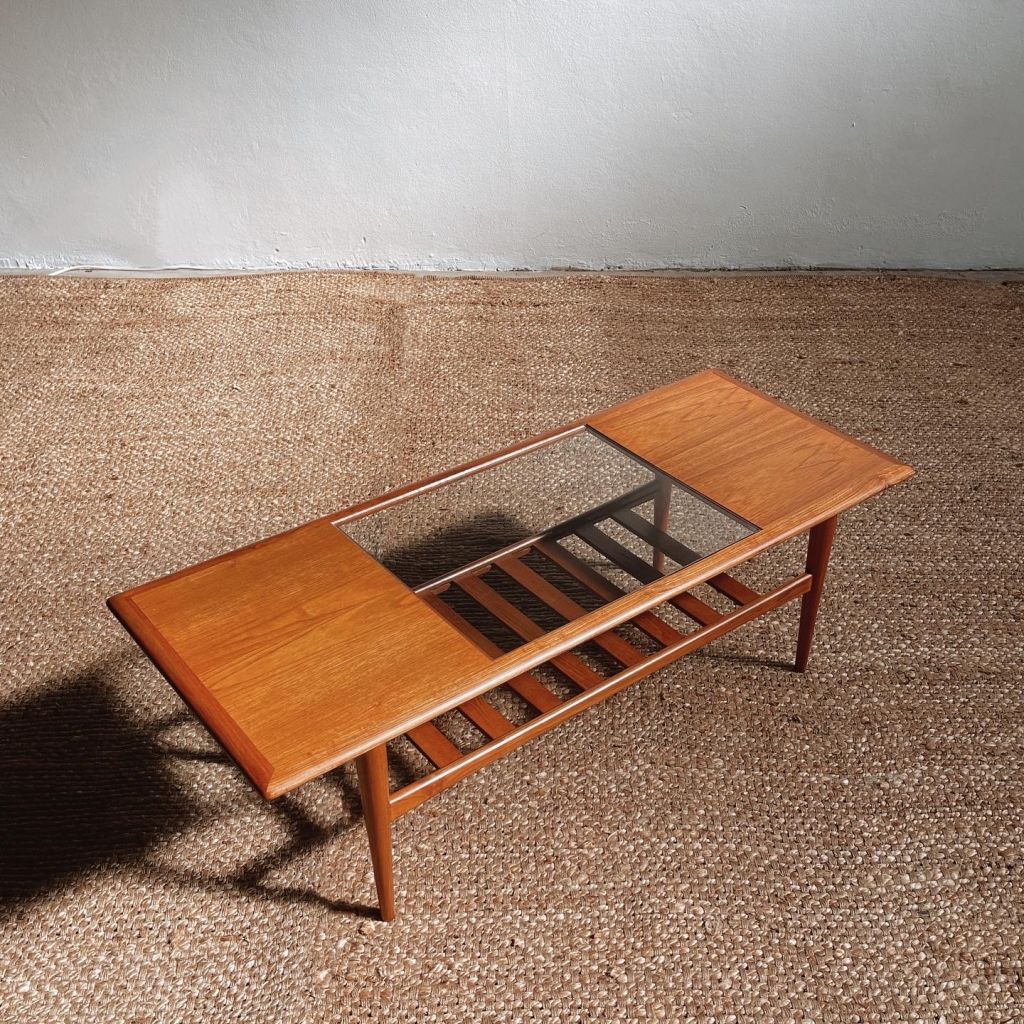
Georgouras specialises in restoring and refurbishing all types of vintage designer pieces and is often busy working on beautiful mid-century timber frame lounges and chairs, paired with Alpha Modern’s gorgeous upholstery work.
Having honed his restoration and refurbishment skills across all types of vintage designer pieces, Georgouras says mid-century restoration is often tricky and, in most cases, is best left to the professionals.
With that being said, he shares some DIY tips that people can do to make pieces look fresher without putting them through a complete restoration.
Here are his top tricks to liven up a mid-century item:
1. Beeswax is the bee’s knees
Beeswax is one of your secret weapons when it comes to making your furniture look and function better; I suggest buying the “natural” colour version at your local hardware store. If your timber-framed sofa or chairs have some scratches and marks on them, apply the beeswax liberally with a clean cloth, leave it for 30 to 45 minutes, and then give it a buff with another clean cloth. It’s also great to help with a squeaky dining chair – just remove the screws, wipe them with beeswax, and then screw them back in.
2. Treat your timber right
The Scandinavians were the originators of many great modernist furniture designs, and their teak oil is still one of the best things you can use to repair your furniture. Make sure you get the good stuff with no stain. If you have any scratches in your furniture, do a light sand with 400-grade sandpaper before applying a thin coat of teak oil, which should freshen up your piece.
3. Consider a good clean
Before reupholstering your modernist piece, assess if it needs to be replaced altogether or if it just needs a good clean. Upholstery cleaning is a thing to be considered; there are several affordable spot-cleaning machines that can be used to clean upholstery with pretty good results.
We recommend
We thought you might like
States
Capital Cities
Capital Cities - Rentals
Popular Areas
Allhomes
More



